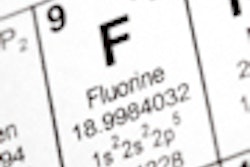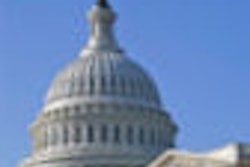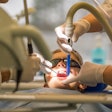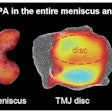
NEW YORK (Reuters Health), Jul 10 - Increased usage of community water fluoridation has been credited with markedly reducing the prevalence and severity of tooth decay in the U.S. in the past 60 years, but new research by the Centers for Disease Control and Prevention (CDC) suggests that in many states the availability of optimally fluoridated water is lacking.
Overall, the percentage of the U.S. population served by public water systems who received optimally fluoridated water rose from 62.1% in 1992 to 65.0% in 2000 and to 69.2% in 2006. The Healthy People 2010 objective is to increase the percentage to 75%.
However, the findings, which appear in Friday's Morbidity and Mortality Weekly Report, published by the CDC, also indicate high variability between states in the percentage of persons receiving optimally fluoridated water.
In the District of Columbia, 100% of people served by community water systems received optimally fluoridated water, whereas in Hawaii, the percentage was just 8.4%t.
From 1992 to 2006, Nevada had the most marked increase in the percentage of the population served by public water systems who received optimally fluoridated water -- 69.9%. At the other extreme, Idaho showed the biggest drop in this percentage --17.0%.
"Community water fluoridation is an equitable, cost-effective, and cost-saving method of delivering fluoride to most people," Dr. William Maas, director of the CDC's Division of Oral Health, said in a statement. "We've seen some marked improvements; however, there are still too many states that have not met the national goal."
Source: Morbidity and Mortality Weekly Report, July 11, 2008.
Last Updated: 2008-07-10 14:38:15 -0400 (Reuters Health)
Copyright © 2008 Reuters Limited. All rights reserved. Republication or redistribution of Reuters content, including by framing or similar means, is expressly prohibited without the prior written consent of Reuters. Reuters shall not be liable for any errors or delays in the content, or for any actions taken in reliance thereon. Reuters and the Reuters sphere logo are registered trademarks and trademarks of the Reuters group of companies around the world.



















